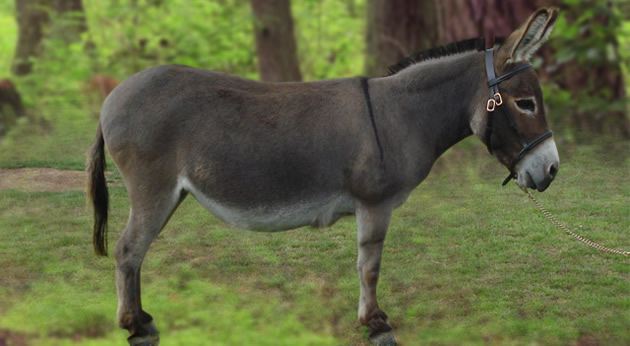Govt steps up food imports

 Agriculture Reporter
Agriculture Reporter
Agriculture, Mechanisation and Irrigation Development Minister Dr Joseph Made yesterday admitted the country was left with low stocks of grain, but assured the nation that no one would starve as Government activated mechanisms to import more maize to avert a food crisis.
This follows a poor harvest after last year’s drought which left the country facing a food deficit.
Dr Made said Government was providing food to all vulnerable households in different parts of the country.
Read more:
- ‘Grain reserves below expectations’
- MSD urges farmers to continue planting
- El Nino threatens crops, livestock, says FAO
“We have issued enough permits to the private sector to import grain but they have brought very limited supplies. The sector also depends on its cash flows to import.
“It is the obligation of the State to ensure there is sufficient food for the people. It is our responsibility to ensure that there is adequate grain and we cannot leave it to the private sector alone. We will step up imports,” he said.
In May, Government gave millers import permits to import 700 000 tonnes of grain to meet the deficit.
Dr Made could not give the exact figures of the grain to be imported or the number of people facing food shortages and said there were teams on the ground that were assessing the food situation.
“We cannot pre-empt. We are monitoring the situation,” he said.
Reports in the local media revealed that the country is left with grain to last two months.
According to a local daily, millers have reported that there were 240 000 tonnes of maize for human and livestock consumption in the country including the 152 000 tonnes from the Grain Marketing Board Strategic Reserve.
Under normal circumstances, GMB must have at least 500 000 tonnes in the reserves.
Zimbabwe requires about 1,8 million tonnes of maize per year for human and animal consumption.
The minister said the current season was a bad one as the rains would not be enough for agriculture.
“The season is already halfway. Farmers have planted and others are still planting and replanting. We are now coming to the end of the planting season and we are approaching mid-season in which we usually experience the dry spell.
“We normally experience the dry spell around mid-January. There is a Cabinet Committee already dealing with emergency irrigation and has long started working on the project,” he said.
According to the Meteorological Services Department, rainfall distribution is critical in determining available moisture for crop development at the different growth stages.
MSD forecast normal to below normal rainfall.
So far the distribution has generally been poor resulting in most areas not receiving adequate moisture for planting or to sustain early crop development.
Normally, Zimbabwe experiences a mid-season dry spell from January into February. If the mid-season dry spell occurs around the same time during this season and given the delayed start of the season and the likelihood of an early cessation in most areas, this may further compromise moisture availability and thereby affect crop growth or development.
The Food and Agriculture Organisation (FAO) recently announced that crop and livestock production prospects in Southern Africa had been weakened by the El Nino weather phenomenon that lowered rains and increased temperatures.
A special alert released by FAO’s Global Information and Early Warning System (GIEWS) recently, indicated that reduced agricultural output would follow on last year’s disappointing season, which had already contributed to higher food prices and “could acutely impact the food security situation in 2016”.
FAO said the season for planting maize in Southern Africa had delayed while crops that were planted would be negatively affected by inadequate rains and higher temperatures.
The organisation warned in March that the current El Nino would be strong and now say the El Nino appeared to be the strongest episode in 18 years.
According to FAO, the likelihood of another poor season was troublesome as it came on the heels of a poor one that had already depleted inventories, tightened supplies and pushed up local prices.
The sub-regional maize production fell by 27 percent in 2015, triggering a sharp increase in the number of people already vulnerable to food insecurity in the region.
FAO’sub-regional co-ordinator for Southern Africa, Mr David Phiri, said FAO was working on a twin-pronged approach with governments and other partners across the sub-region to address both the immediate and longer term needs. He said FAO had already scaled up crop and livestock interventions to minimise the effects of the El Niño.










Comments